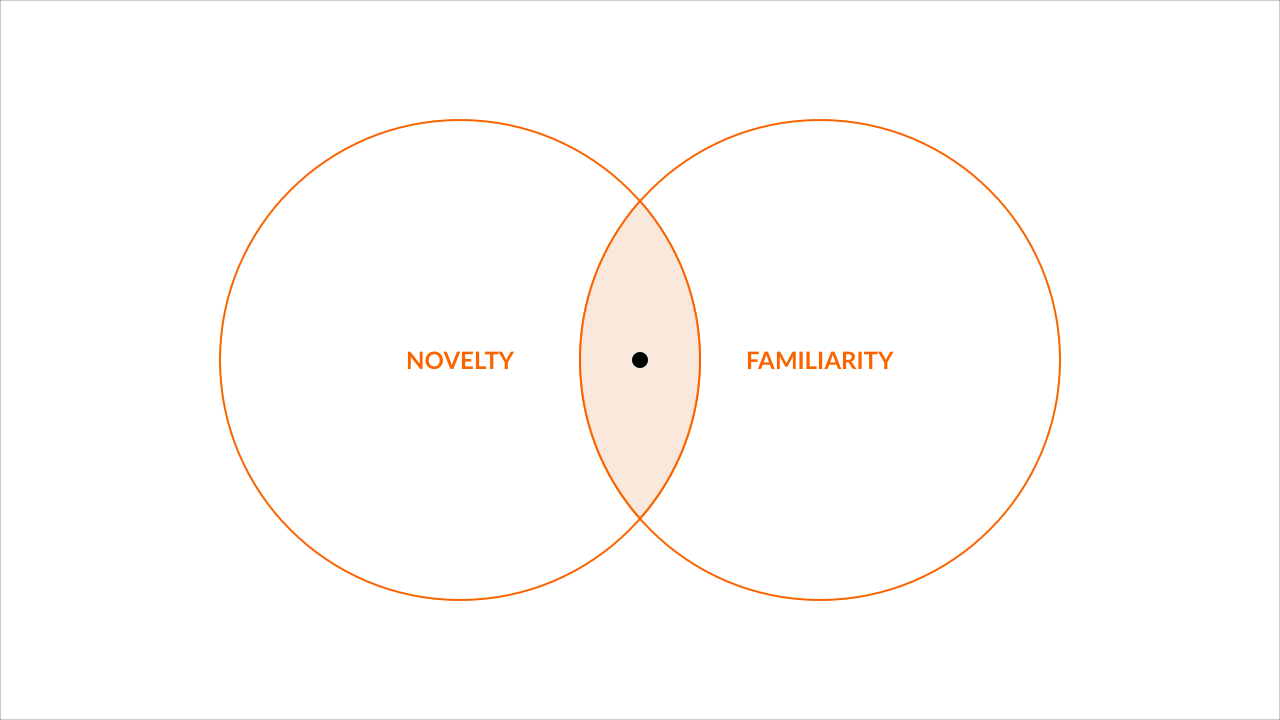Arijit Singh is a popular Bollywood singer. Have you noticed all his hit songs are similar? Do you wonder why?
In The Power of Habit, Charles Duhigg talks about a similar case.
In 2003, the hip-hop group OutKast released a song called “Hey Ya!” which everybody thought would be a huge hit. “Hey Ya!” is an upbeat fusion of funk, rock, and hip-hop that’s ideal for pubs, dance clubs, and parties.
This assumption wasn’t based on intuition. The song was run through a program called Hit Song Science that analyses the characteristics of a song and predicts its popularity. By comparing the tempo, pitch, melody, and chord progression of a song against thousands of hit songs, it delivers a score that forecasts if a tune is likely to succeed. “Hey Ya!” scored among the highest.
Arista Records had put a lot of money into promoting “Hey Ya!” to DJs. On September 2003, all popular radio stations started playing “Hey Ya!” in the most prominent slots. Everybody was waiting with their fingers crossed for the results to come in.
The results finally came in.
Listeners didn’t just dislike “Hey Ya!”, they hated it. Nearly a 3rd of them changed the station when the song aired. “Hey Ya!” just didn’t sound like other songs in the Top 40. It made people nuts.
People listen to the Top 40 because they want to hear their favourite songs or songs that sound similar to their favourite songs. They don’t want anything unfamiliar. When something different comes on, it breaks their rhythm. They change the station.
So the question is, how to make a song into a hit so that listeners don’t change stations?
Interestingly, when certain forgettable songs (that even the DJs hate) are played on radio, almost nobody changes stations. Even those who admit they don’t like the songs don’t change stations.
What these songs lack in taste, they make up in familiarity. You feel like you’ve heard them a million times even though it’s probably the first time you are listening.
When they came on the radio, your brain says, “I know this song! I’ve heard it a million times! I can sing along!” Your brain secretly wants that song, because it’s so familiar to everything else you’ve already heard and liked. Even if you consciously dislike it, you aren’t appalled enough to change the station. Familiarity doesn’t make it a great song, it just makes it sticky.
Our brains are designed to prefer patterns that seem similar to what we’ve already experienced. When Arijit Singh releases a new song—and it sounds like every other song he’s sung, as well as most of the other popular songs—our brains unconsciously crave its recognisability. You may not like him enough to attend his concert, but you’ll listen to his songs on the radio, because that’s what you expect to hear as you drive to work, jog in the morning, or chill at a bar.
The problem wasn’t that “Hey Ya!” was bad. The problem was that “Hey Ya!” wasn’t familiar. This is what I call The Novelty-Familiarity Gap. “Hey Ya!” was too novel to be familiar. The audience doesn’t want to make a conscious decision each time something new is presented. Their brains are wired to follow a pattern.
That is why the best politicians and leaders are bold and forward thinking, but also grounded and relatable. That is why all talkshow and sitcom formats are similar. That’s why movie sequels are a better investment. That is why the fastest growing YouTube channels and podcasts emulate the most popular ones in that genre.
This is an extremely relevant insight for all creators. If you want to start something—a YouTube channel, a blog, a podcast, or a business venture—it’s a good idea is to be innovative; just not too much.
You need to be similar enough to look familiar, but not too similar to look like a ripoff. You need to be different enough to appear fresh, but not too different to become completely unrelatable. There’s a sweet spot where novelty meets familiarity. That’s where a hits come from.
